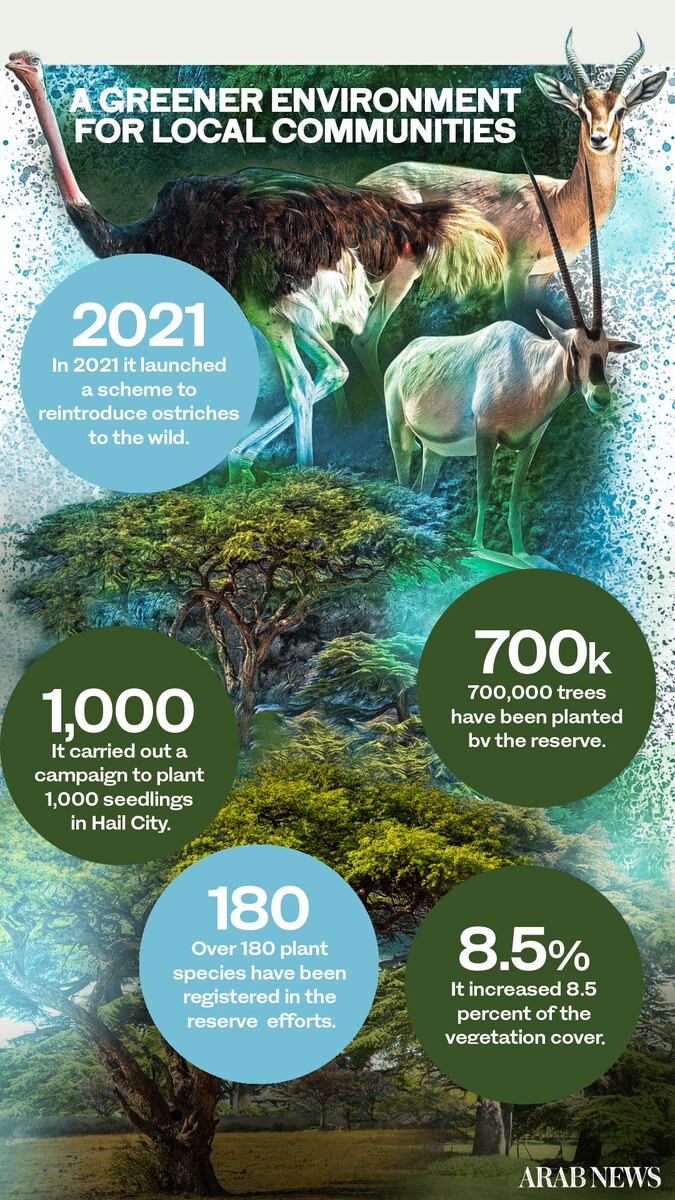RIYADH: A new report in a leading scientific journal has lauded the progress of Saudi women in STEM fields.
The report in Nature, authored by Dr. Farhan M. Asrar, Safa Siddiqui and Dr. Soyeon Yi, highlights the value of women in scientific fields using the examples of female space and nuclear pioneers.
Asrar is a prominent Canadian physician, academic and researcher in the fields of public health, space medicine, preventive medicine and the environment.
He is also a family doctor, a national mentor in equity, diversity, inclusion and accessibility, and was recently recognized by the Ontario College of Family Physicians as the Regional Family Physician of the Year.
Siddiqui is an electrical and nuclear engineer based at Bruce Power, one of the world’s largest nuclear power plants, and a champion for women in STEM.
Yi is South Korea’s first and only astronaut, and a pioneer for women in space.
The report focuses on the achievements of women in two major STEM disciplines: Space and nuclear science.
Asrar said: “Women have been pioneers inspiring future generations in all disciplines of STEM. We focused on the space and nuclear sector as they are two key expanding STEM fields for many nations, including those in the Gulf Cooperation Council.”
The recent UAE-hosted COP 28 climate conference identified nuclear energy as a possible solution to climate change.
Siddiqui said: “The nuclear industry is undergoing a profound transformation, marked by expansion and the integration of innovative nuclear technologies, such as Small Modular Reactors. Women have played a pivotal role in spearheading this.”
The space sector also has much in store for women, including the upcoming NASA Artemis missions, which will take the first woman to the moon’s orbit.
Space sector
The authors share examples of women space pioneers from around the world, including Saudi astronaut Rayyanah Barnawi.
Asrar said: “It is great to see the Saudi Space Agency focus on diversity and inclusion with the first Arab-Saudi woman in space. Additionally, the Saudi astronaut program has also selected Dr. Mariam Fardous, who we all look forward to becoming not only Saudi Arabia’s next female astronaut, but also Saudi Arabia’s first doctor in space.”
Asrar also highlighted the significant strides the UAE has made toward women’s presence in the space sector.
“The UAE also has notable space pioneers, such as our publication mentioning the UAE’s first female astronaut candidate, Nora Al-Matrooshi, and Sarah Al-Amiri being the UAE Space Agency’s chairperson. Additionally, Dr. Hanan Al-Suwaidi has been an inspiration to many, being an accomplished family doctor, health leader, educator and the UAE’s first space flight surgeon.”
Nuclear sector
The paper addresses women pioneers in the nuclear sector, such as Dr. Lise Meitner, who was among the first scientists to discover nuclear fission.
Nature’s women in STEM report is honoring Meitner 85 years after she first described nuclear fission in a report for the journal in 1939.
In recent times, there has been a rejuvenation of interest toward nuclear energy. During COP 28, more than 20 countries endorsed a declaration to triple nuclear energy, highlighting the power of the technology to achieve net zero greenhouse gas emissions. The Kingdom also aims to build a nuclear power plant to generate electricity. Women have been involved in the nuclear sector but a lot more needs to be done.
Siddiqui highlighted a recent report by the OECD Nuclear Energy Agency that surveyed more than 8,000 women from 32 countries working in the nuclear sector. The report found that women still faced difficulty advancing in the industry.
The Nuclear Energy Agency also said that the nuclear workforce must diversify and encourage an active role for women as a key part of net zero, Siddiqui added.
When asked about approaches to encourage more women in STEM, Siddiqui said: “STEM fields are growing in all directions. Young girls in schools should be introduced and encouraged to take part in STEM subjects early on so they can see the potential it has, and this provides a strong and robust career ahead.”
Women in STEM leaders in Saudi Arabia and the UAE
Asrar discussed the proliferation of women in key roles across Saudi Arabia: “Shining examples include Princess Sara bint Mashhour bin Abdulaziz, the wife of Crown Prince Mohammed bin Salman, who launched ‘Ilmi,’ that will focus on promoting STREAM (science, technology, reading, engineering, arts and maths); Princess Reema bint Bandar, Saudi ambassador to US, who has been championing women’s empowerment; Dr. Maha bint Mishari Al-Saud, who has been a shining example of leadership of women in STEM, education and in medicine; and Dr. Khulood Al-Mani, who has been a leader in AI and IT, and was recently named UN ambassador for global women’s empowerment.”
Asrar grew up in the UAE and praised the pioneering role of women in the Emirati workforce: “Yet again, there are many female pioneers and leaders … some inspirational names that come to mind include Sheikha Lubna bint Khalid Al-Qasimi, the first Emirati woman to take on a ministerial post; Sheikha Latifa bint Mohammed bin Rashid Al-Maktoum, who is leading a number of innovative initiatives including the prototypes for humanity; Dr. Aisha bin Bishr, who has been a digital leader; and Bodour bint Sultan Al-Qasimi, who has been a gender diversity champion and has led inspirational work involving books, heritage, education and continuing the great work that her father, Sultan bin Muhammad Al-Qasimi, the ruler of Sharjah, has been long pioneering in the GCC, related to education, art, architecture and heritage, which was personally inspiring to me when I grew up in Sharjah and Dubai.”
The three authors hope their Nature entry can bring greater awareness of the groundbreaking achievements of women in STEM and encourage more women to enter science-related fields.








































